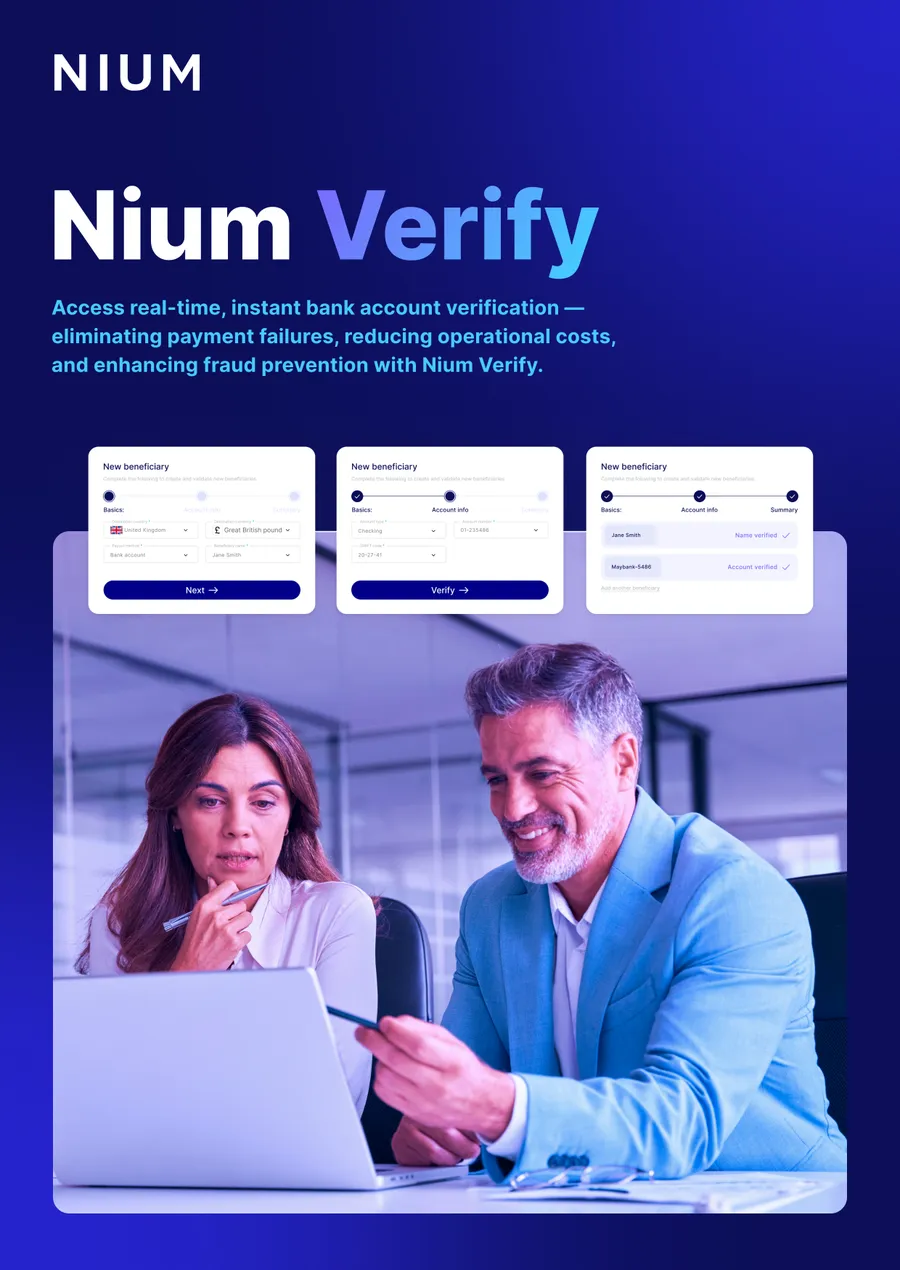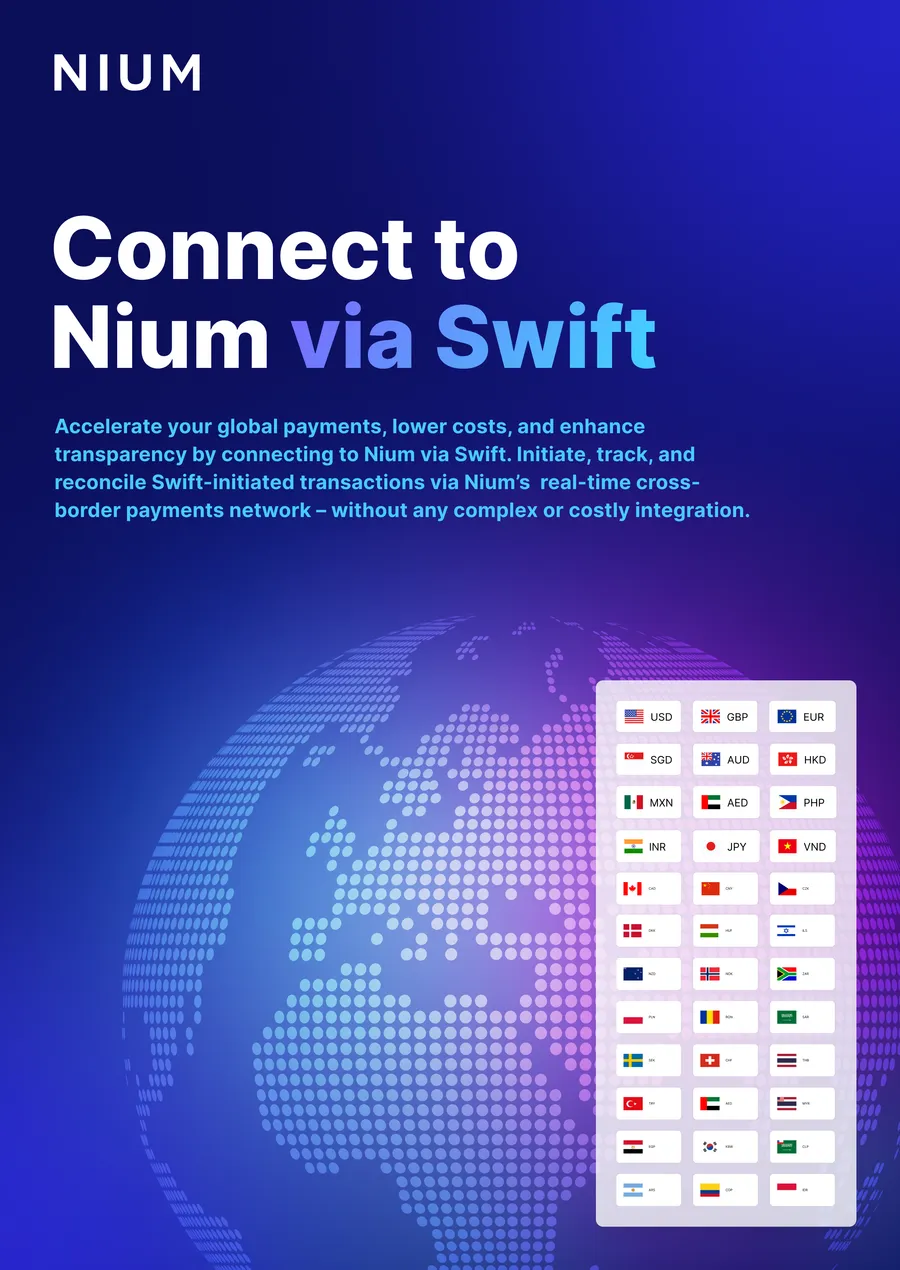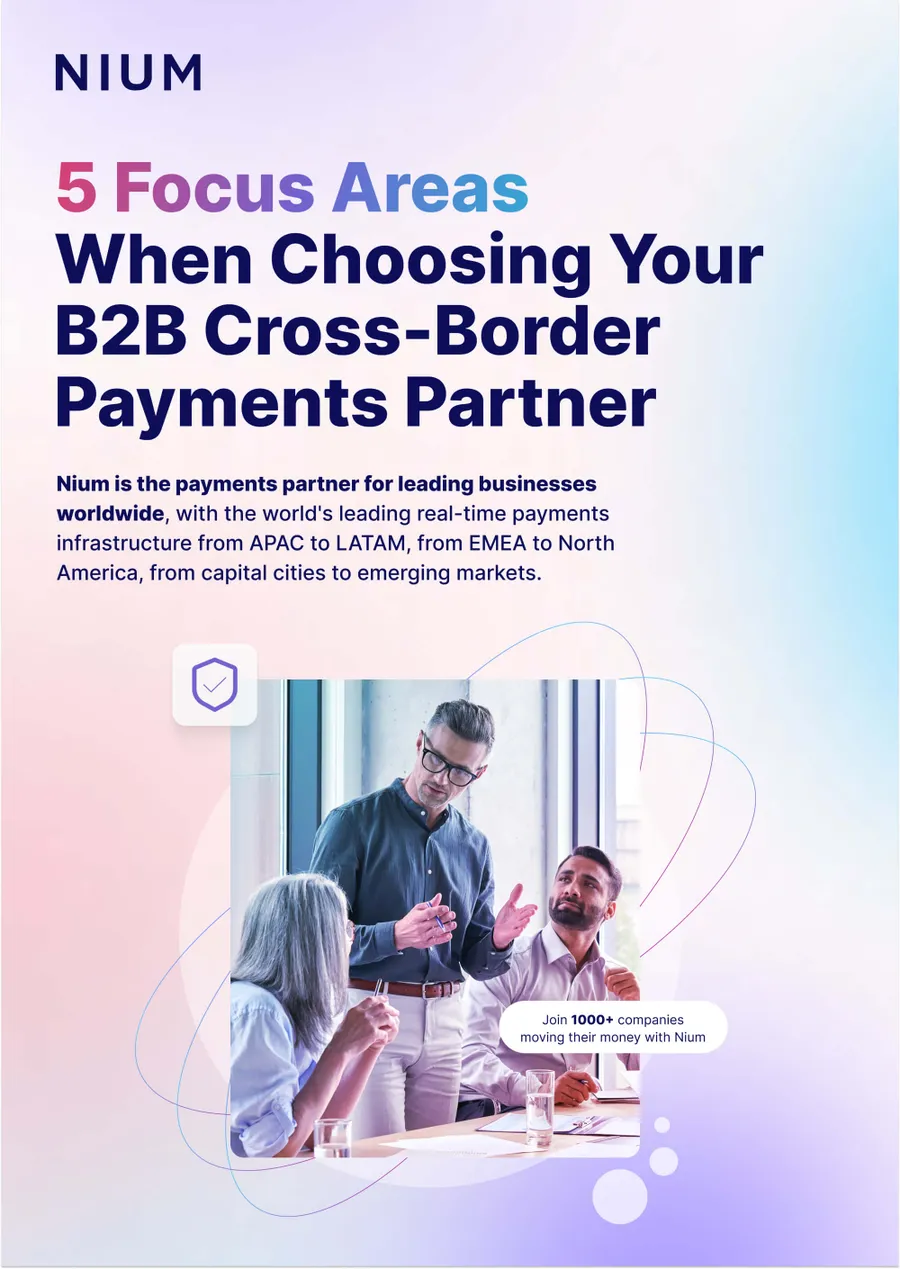Episode description
World Bank data shows almost 1.7 billion unbanked people globally, mostly in developing nations, are still transacting in cash. We dig into how FinTech solutions like agency banking, mobile money, and even gaming, plus high mobile phone penetration in affected regions worldwide, are playing a critic
Tags

.png@webp)


